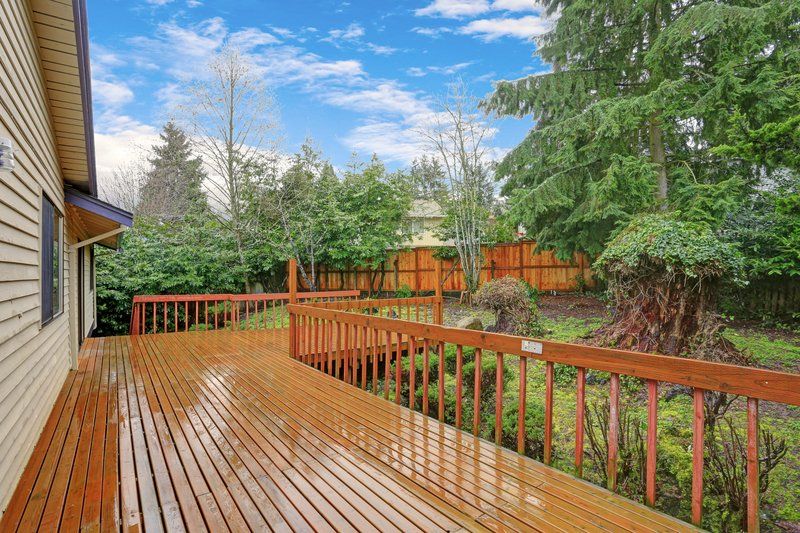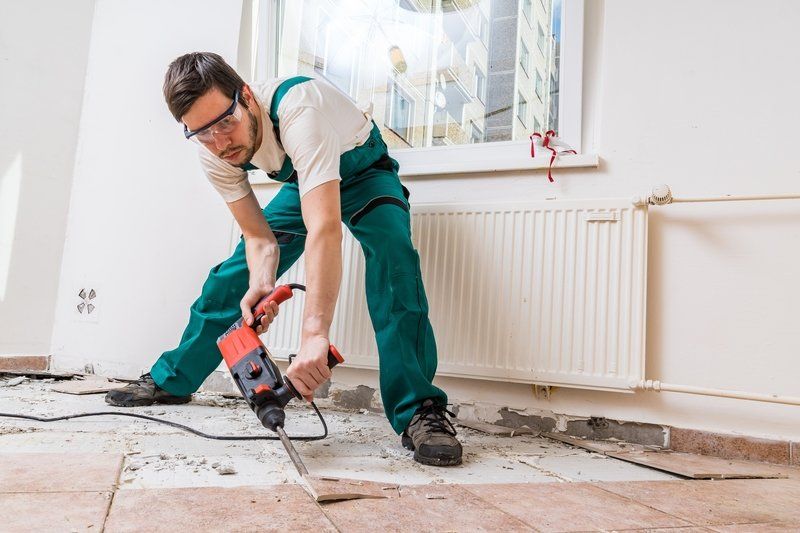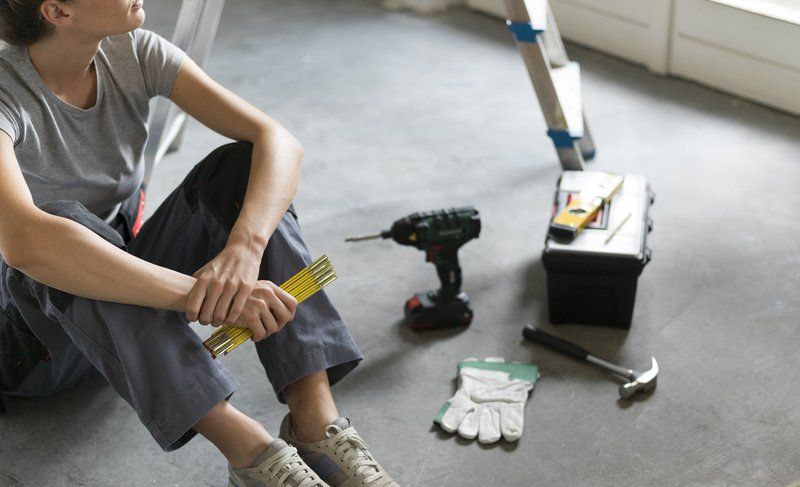Key Environmental Considerations When Building Your Custom Home
- By Multifuse Team
- •
- 31 Jan, 2022
- •
When designing your own custom home, you’ll make many decisions about layout, features, and materials. If you choose carefully, these decisions can contribute to environmental sustainability while also making your home more energy-efficient and enhancing the value of your property. These days, more environmentally-friendly options are available for new construction than ever before.
Add Insulation
A well-insulated home benefits the environment by reducing the fuel needed for heating and cooling. In turn, it also lessens emissions from fossil-fuel burning power plants. Insulation should be used throughout the house, including ceilings, walls, floors, and the attic.
You can also help the environment by choosing a sustainable material for your insulation. As Elemental Green points out, these include natural products such as sheep’s wool, cotton, cork, and cellulose. Two others are icynene, a spray-on insulation made from castor oil, and aerogel, which is silica-based and contains 90% air.
Renewable Energy
Using renewable energy can also reduce your dependence on fossil fuels, as well as lower your energy bills. Sustainable sources of energy such as solar, wind, and thermal can power your home efficiently and cost less than you think. Even better, you’ll be lowering your carbon footprint.
Solar panels are perhaps the most popular choice for renewable energy because of their practicality and compatibility with almost any house plan. Mounted on the roof, solar panels can generate enough energy to greatly reduce your use of the electric grid, thus helping to eliminate greenhouse gasses. According to Smart Wave Solar, solar panels only emit about 50g of CO2 for every kilowatt-hour.
Use Eco-Friendly Flooring
Your choice of flooring can affect the environment more than you realize. Choosing sustainable materials can save forests, reduce pollution, and provide better indoor air quality for your home. While hardwood floors are durable and long-lasting, not all types are harvested with an eye toward sustainability.
Reclaimed hardwood flooring consists of repurposed and refinished wood that has been salvaged from demolished buildings. It is an eco-friendly choice that will give your home a beautiful and unique look. Other alternatives include bamboo, cork, and linoleum, which is made from linseed oil and tree resins.
If you make environmentally-sound choices when building your custom home, you can contribute to a bright future with less dependence on fossil fuels and a more sustainable ecosystem. Do some research, and then ask your builder about the best choices for selecting building materials and designs that work for you while also benefiting the earth.
Read this next: How to Build a Home That Retains Its Value










